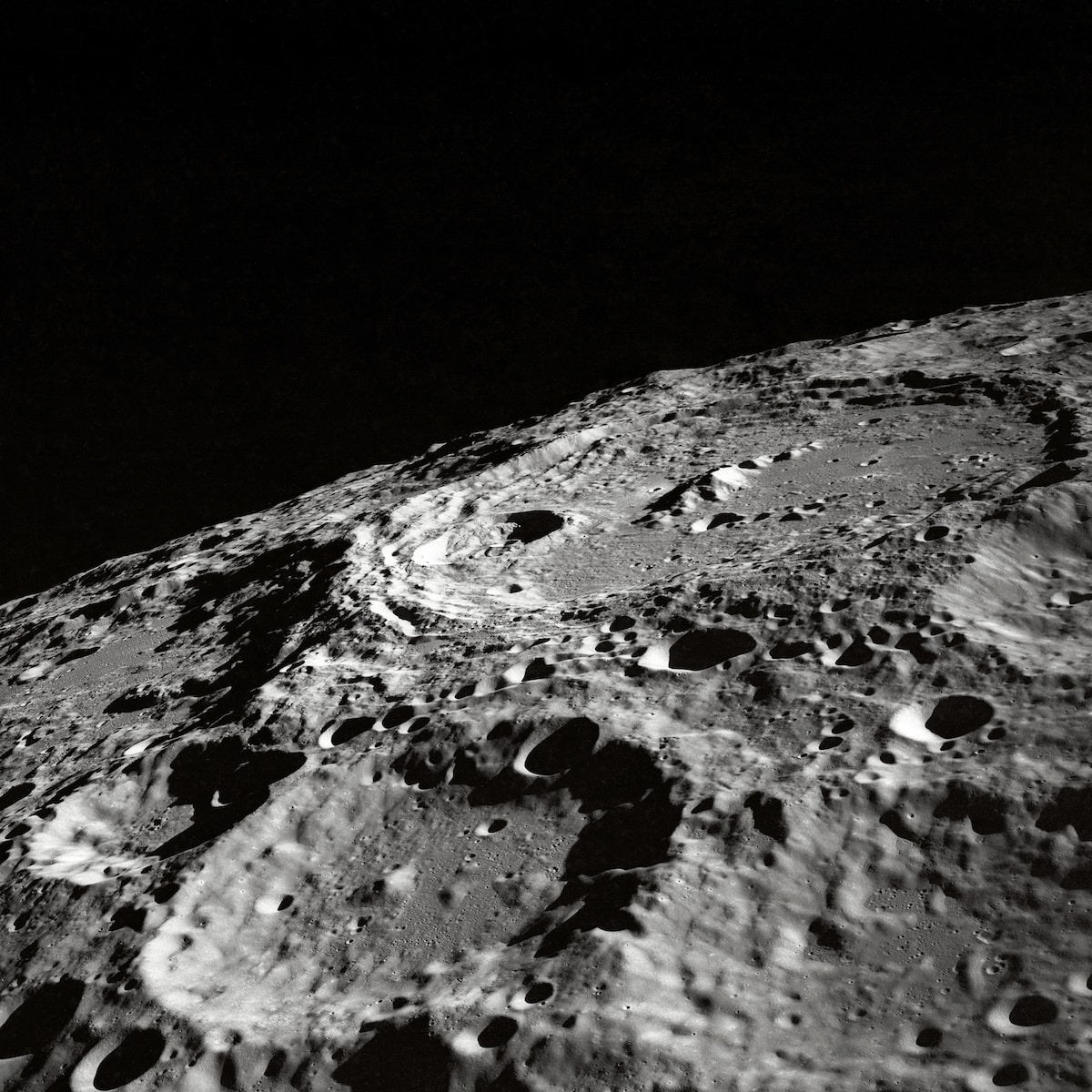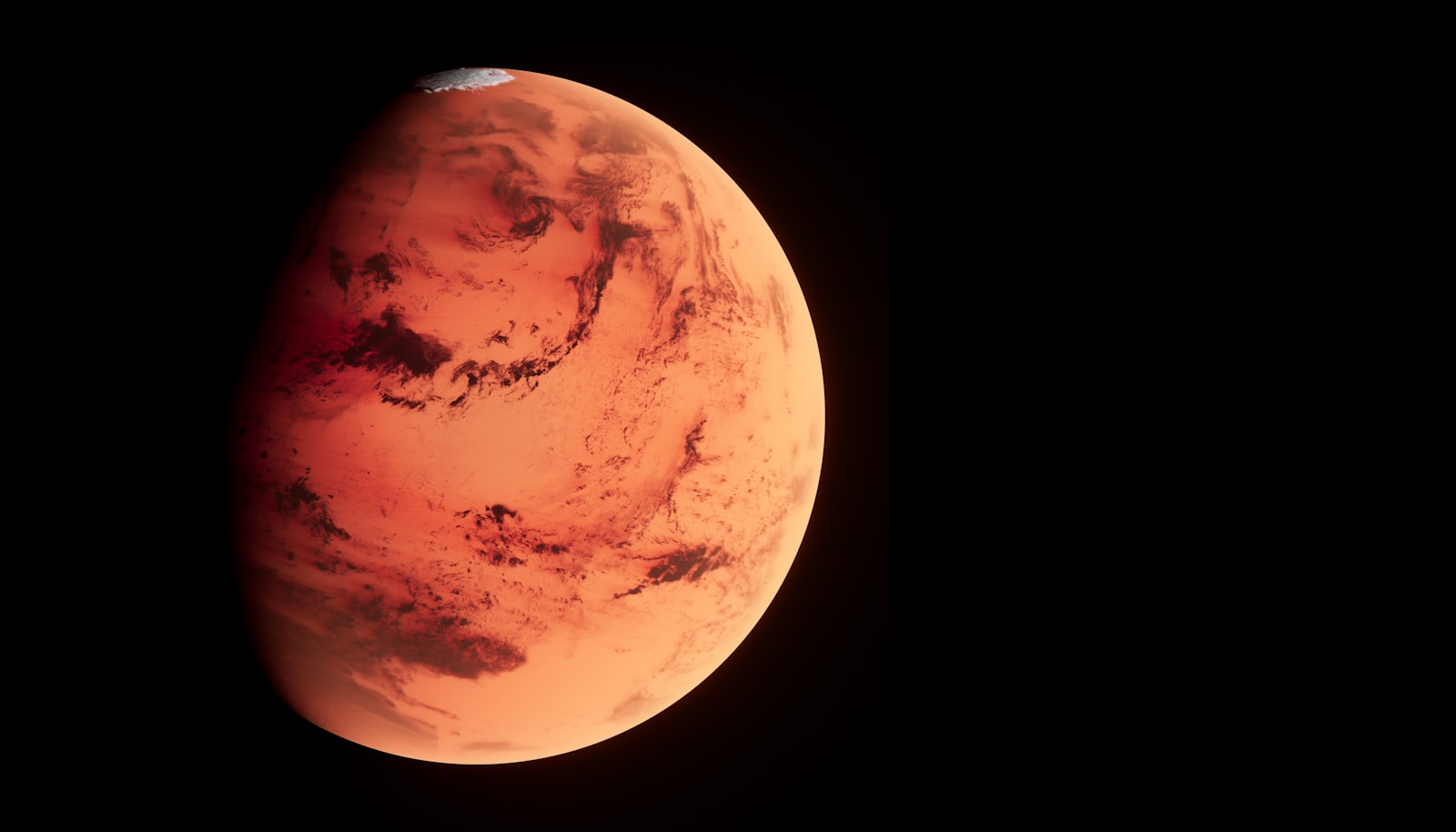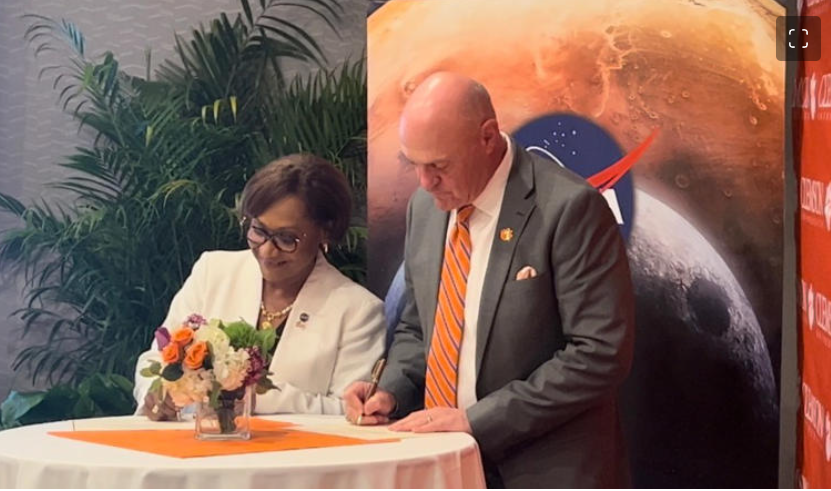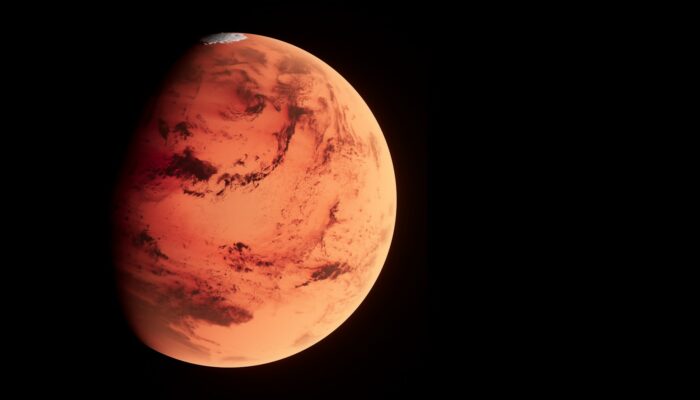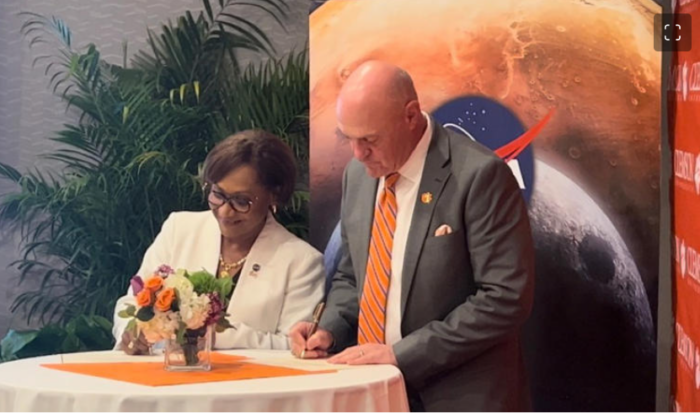Insider Brief:
- The first commercial lunar mission launched Pittsburgh-based company, Astrobotic’s Peregrine lander at 02:18 EST from Cape Canaveral, Florida.
- If successful, it will be the first soft touch-down by an American mission in 51 years and the first ever by a private company.
- The mission also reflects a new era of collaboration between government space agencies and private enterprises as NASA has contracted the company to carry scientific instruments to lay groundwork for future human missions.
The launch of Pittsburgh-based company, Astrobotic’s Peregrine robotic lander from Cape Canaveral, Florida marks an historic moment in lunar exploration. The mission seeks to achieve a controlled landing on the Moon, marking the first American soft touch-down in 51 years and the inaugural attempt by a private company. NASA has also contracted Astrobotic to carry five scientific instruments on the Peregrine lander that will study the Moon’s surface environment, laying the groundwork for upcoming human missions scheduled for later this decade.
Peregrine is part of a wave of lunar missions scheduled for 2024, with eight potential projects, including contributions from Japan and China. Astrobotic’s launch vehicle, the United Launch Alliance’s new rocket, Vulcan, propelled the company’s craft into space at 02:18 EST (07:18 GMT) as reported by BBC. After separation from the rocket, Peregrine will take a few weeks to position itself for the planned soft touch-down on February 23. The landing site, Sinus Viscositatis or the “Bay of Stickiness,” is a smooth lava plain on the Moon’s near side, known for the volcanic material that may have formed nearby hills.
The mission marks a significant return to lunar surface operations for the United States, with the last soft landing occurring during the Apollo missions in 1972. While there have been deliberate crashes of US probes into the Moon since then, the focus on landing operations has re-emerged as NASA aims to resume astronaut missions using commercial partners’ robotic delivery of scientific instruments and supplies.
Astrobotic is the first of three US companies, including Intuitive Machines and Firefly, to send a lander under this new arrangement with NASA. While NASA is a customer for these companies, it does not control the missions; the firms themselves designed the spacecraft and will manage the missions independently. Intuitive Machines, based in Houston, may potentially beat Astrobotic to the lunar surface with a quicker route, launching in mid-February.
Nasa’s payloads on Peregrine are geared towards preparing for future human presence on the Moon. This includes the use of the Peregrine Ion Mass Spectrometer (PITMS), built in the UK by the Open University and RAL-Space, to study how water moves across the Moon. Water is considered a valuable resource for potential use by future astronauts, either for drinking or as a component of rocket fuel.
Astrobotic, being free to sell payload space, has included additional items such as small rovers, including two-wheeled robots from Mexico, and cultural artifacts like photos, drawings, plaques, and audio recordings. Controversially, there are also capsules containing cremated human remains, with one capsule holding the DNA of renowned British science-fiction writer Arthur C Clarke. This aspect of the mission has sparked criticism from the Navajo Nation, an indigenous group in North America, who consider the Moon sacred. They have appealed to NASA to halt the mission, viewing it as an act of desecration.
The launch of Peregrine is part of a broader international effort in lunar exploration in 2024. The first attempt to touch-down on the moon will be made by the Japanese space agency (Jaxa) on January 15, with its Smart Lander for Investigating Moon (SLIM) targeting a location near Shioli crater on the Moon’s near side. China is set to continue its lunar exploration mid-year, sending a mission to the far side to collect rocks for Earth-based study.
This marks an historic and exciting time in space discovery – the success of Peregrine and subsequent missions will pave the way for future manned lunar expeditions and further international cooperation in space exploration.
For more market insights, check out our latest space industry news here.
Share this article:
